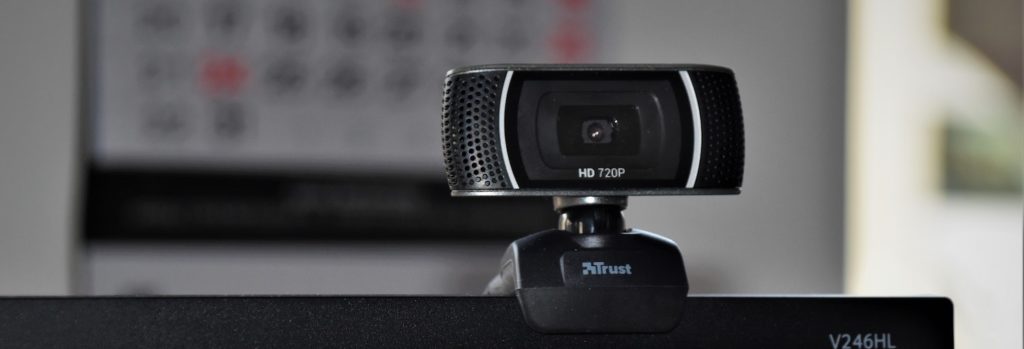
Moving completely to distance education in the fall of 2020 challenged faculty and students in many ways. At our local Academic Senate meetings, our Associated Student Government representative would share concerns about student experiences and frustration with inconsistencies in online course delivery. These concerns enriched our conversations and mobilized us to address emergent issues. After hearing from students at Academic Senate and across the state with regard to how they were experiencing online education during the COVID pandemic, it became clear to us that we needed to do a better job of communicating expectations upfront and clarify recommended practices for faculty. We also learned about the technology challenges and/or psychological trauma that many students experience when required to turn on their cameras in their Zoom classes.
The Process
In early October, the Office of Instruction convened a small taskforce consisting of one instructional dean, one student services dean, the registrar, the faculty director of online education, and another faculty member. This group was formed to proactively develop guidance materials for faculty to best address FERPA and student privacy issues in online classes using Zoom.
While we recognized that a policy may require much more faculty buy-in and broader discussion, there was an immediate need to give some guidance to faculty. The small taskforce developed the document, “Guidance for Synchronous Instruction at MiraCosta College to Protect Student Privacy,” in consultation with Academic Senate leadership. The taskforce reviewed examples from other colleges including College of the Canyons. The initial guidance focused on effective practices for synchronous instructional activities, specifically on camera usage, recording, and safeguarding student privacy.
By the end of October, the Chancellor’s Office published their “Legal Opinion 2020-12 Online Class Cameras-On Requirement,” which directed community college districts to adopt policies to address the issue of camera usage in online courses with respect for concerns related to personal educational privacy, access, and equity, and to ensure faculty and students are fully informed.
It became clearer as more discussion happened at Academic Senate that there needed to be a broader policy statement regarding camera usage and when it may be necessary or not. In early spring, I worked closely with the Vice President of Instruction to assemble another taskforce, which included faculty members in disciplines that require camera usage for pedagogical reasons, our faculty director for online education, student services and instructional deans, the registrar, and other faculty leaders. Luckily, we had found a recently adopted example from the Academic Senate at neighboring Palomar College to help facilitate our work.
The Outcome
We reviewed our current practices and discussed streamlining messages and arriving at consensus on when it is appropriate to require the use of a camera. Eventually the group agreed that our fundamental premise is that cameras should be presumptively optional for live synchronous online classes and that cameras may be required in specific course sections to support course curriculum content and objectives, and/or to enhance academic integrity of assessments. We felt that students should have choices and that being upfront and transparent in the class schedule and on the syllabus about what students should expect is critical. Once a draft of the document was developed in March, it was shared in various spaces for feedback. Student leaders present in these spaces and at Academic Senate voiced both positive feedback and suggestions for improvement. This feedback was incorporated into the finalization of the document, “MiraCosta College Commitment to Equitable use of Cameras in Online Instruction and Assessment.” This document represents and clarifies the current practices around camera usage in online courses. It was developed just in time for the summer and fall registration period.
Ultimately, the goals of this document were to make our online synchronous learning environment more equitable, and to codify for students the opportunity to know expectations in advance, in order to make an informed decision early in the enrollment process. The document did not create new practices; however, it made explicit and systematic the messaging and practice across the curriculum.
The process took longer than what I had expected, but through a true collaborative process among various stakeholders, we were able to achieve clarity and consistency for the sake of our students and their success.
